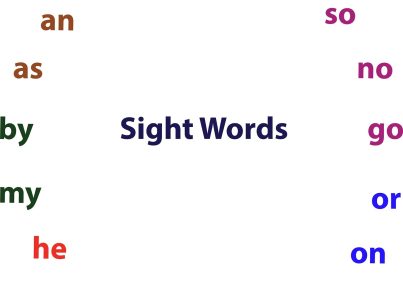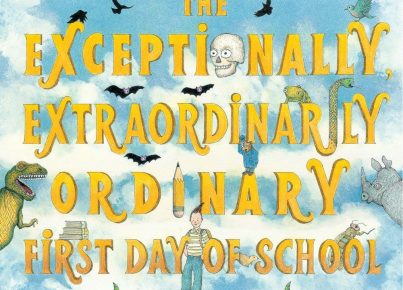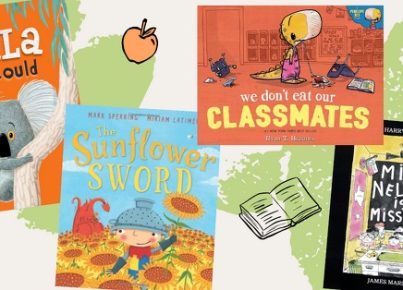Engaging reluctant readers can be a challenge for educators and parents alike. One solution to this problem is turning to nonfiction books. Nonfiction has a unique ability to captivate readers by providing real-world context and relatable themes. The following four types of nonfiction prove particularly effective at drawing in reluctant readers.
1. Biographies and Memoirs
Biographies and memoirs are compelling choices for reluctant readers because they tell the real-life stories of well-known or influential figures. Through these stories, young readers can connect with individuals who have faced adversity, triumphed over obstacles, and experienced success. Offering unique insight into the lives and accomplishments of others, biographies and memoirs are both educational and inspirational.
Popular biographies for young readers include “I am Malala” by Malala Yousafzai, “Steve Jobs: The Man Who Thought Different” by Karen Blumenthal, and “Becoming” by Michelle Obama.
2. Nature and Science Books
The natural world is full of wonder and fascination that can capture the attention of even the most hesitant reader. Nature and science books offer vivid descriptions of wildlife, landscapes, environmental issues, and technological advancements. These informative books hook readers with their detailed exploration of subjects ranging from outer space to the depths of the ocean.
Examples of engaging nature and science books for young readers include “National Geographic Kids Almanac,” “The Boys’ Book Of Survival” by Guy Campbell, and “The Disappearing Spoon” by Sam Kean.
3. Historical Nonfiction
Historical nonfiction delves into exciting events, eras or places that have had a defining impact on our world. These books take young readers on unforgettable journeys through time while providing valuable insights into historical events and figures. With an emphasis on storytelling, historical nonfiction compels even reluctant readers to become enthralled with the past.
Notable historical nonfiction for young readers includes “The Diary of a Young Girl” by Anne Frank, “A Night to Remember” by Walter Lord, and “The Family Romanov: Murder, Rebellion, and the Fall of Imperial Russia” by Candace Fleming.
4. Self-Help and Motivational Books
It is vital for young people to develop confidence in their abilities and learn how to cope with setbacks or challenges. Self-help and motivational books provide practical advice and actionable steps that readers can apply to their own lives. These books empower reluctant readers by providing relatable guidance on personal development and resilience.
Examples of self-help books for young readers include “7 Habits of Highly Effective Teens” by Sean Covey, “The Teen’s Guide to World Domination” by Josh Shipp, and “Letters to a Bullied Girl: Messages of Healing and Hope” by Olivia Gardner.
Nonfiction offers a treasure trove of exciting reading material that can be the key to engaging reluctant readers. By introducing these four types of nonfiction, educators and parents can successfully foster an appreciation for reading while also providing valuable knowledge on a variety of compelling subjects.




